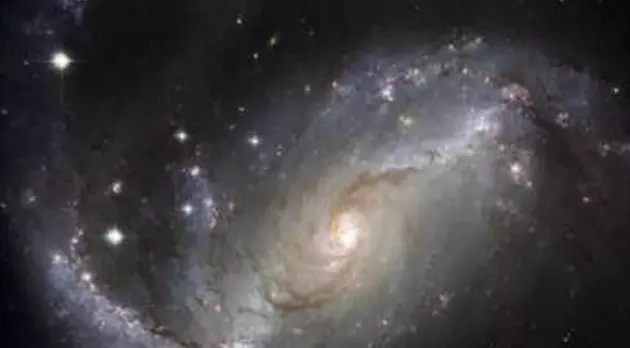Astronomers detect strongest signs of potential life beyond our solar system
Astronomers detect strongest signs of potential life beyond our solar system

In a groundbreaking discovery, astronomers have found compelling signs of biological activity on a planet outside our solar system. Using the powerful James Webb Space Telescope (JWST), researchers detected potential biosignatures—specifically dimethyl sulfide (DMS) and dimethyl disulfide (DMDS)—in the atmosphere of the exoplanet K2-18b.
These molecules are particularly intriguing because, on Earth, they are produced almost exclusively by microbial life, such as marine phytoplankton. This marks the strongest evidence so far that life could exist on a planet beyond our solar system.
The international research team, led by the University of Cambridge, emphasizes that while the results are promising, they are still cautious. There is a chance that an unknown non-biological process could be responsible for the presence of these molecules.
A Major Step Toward Detecting Extraterrestrial Life
K2-18b, located 124 light-years away in the constellation Leo, orbits within its star’s habitable zone—a region where conditions could support liquid water. The planet is about 8.6 times the mass of Earth and 2.6 times larger, and previous observations had already confirmed the presence of methane and carbon dioxide in its atmosphere.
These earlier findings supported the idea that K2-18b might be a "Hycean" world—a new class of potentially habitable exoplanets that have a hydrogen-rich atmosphere and a global ocean beneath.
Now, with the possible detection of DMS and DMDS, astronomers have even more reason to believe that something biologically interesting might be happening on this planet.
Strong Signals, But Not Yet Confirmed
The observations have reached a three-sigma level of statistical significance—meaning there’s only a 0.3% probability that the result occurred by chance. However, to be officially classified as a scientific discovery, a five-sigma level (0.00006% chance of error) is required.
Researchers estimate that 16 to 24 additional hours of JWST observation time could help achieve that crucial threshold.
How the Discovery Was Made
The team used multiple instruments aboard JWST to analyze starlight filtering through the planet’s atmosphere during transit—when the planet passes in front of its star from our viewpoint. This method allows scientists to determine the composition of the atmosphere based on how different molecules absorb specific wavelengths of light.
The initial hints of DMS came from JWST's NIRISS and NIRSpec instruments, which observe in the near-infrared (0.8–5 microns). The new, more independent confirmation came from the MIRI (Mid-Infrared Instrument), operating in the 6–12 micron range.
“We weren’t sure last time whether the signal we saw was due to DMS,” said Professor Nikku Madhusudhan from Cambridge’s Institute of Astronomy, who led the study. “But just the hint of it was exciting enough to warrant another look with a different JWST instrument.”
The findings have been published in The Astrophysical Journal Letters, further solidifying K2-18b as a prime candidate in the search for extraterrestrial life.

